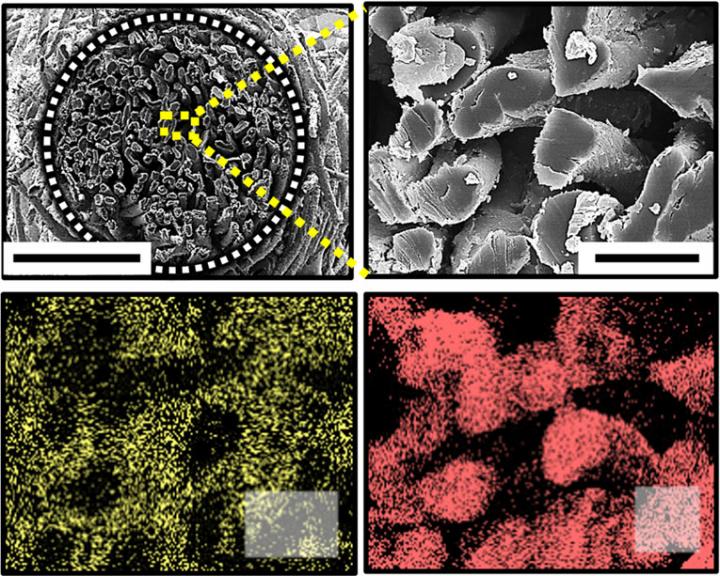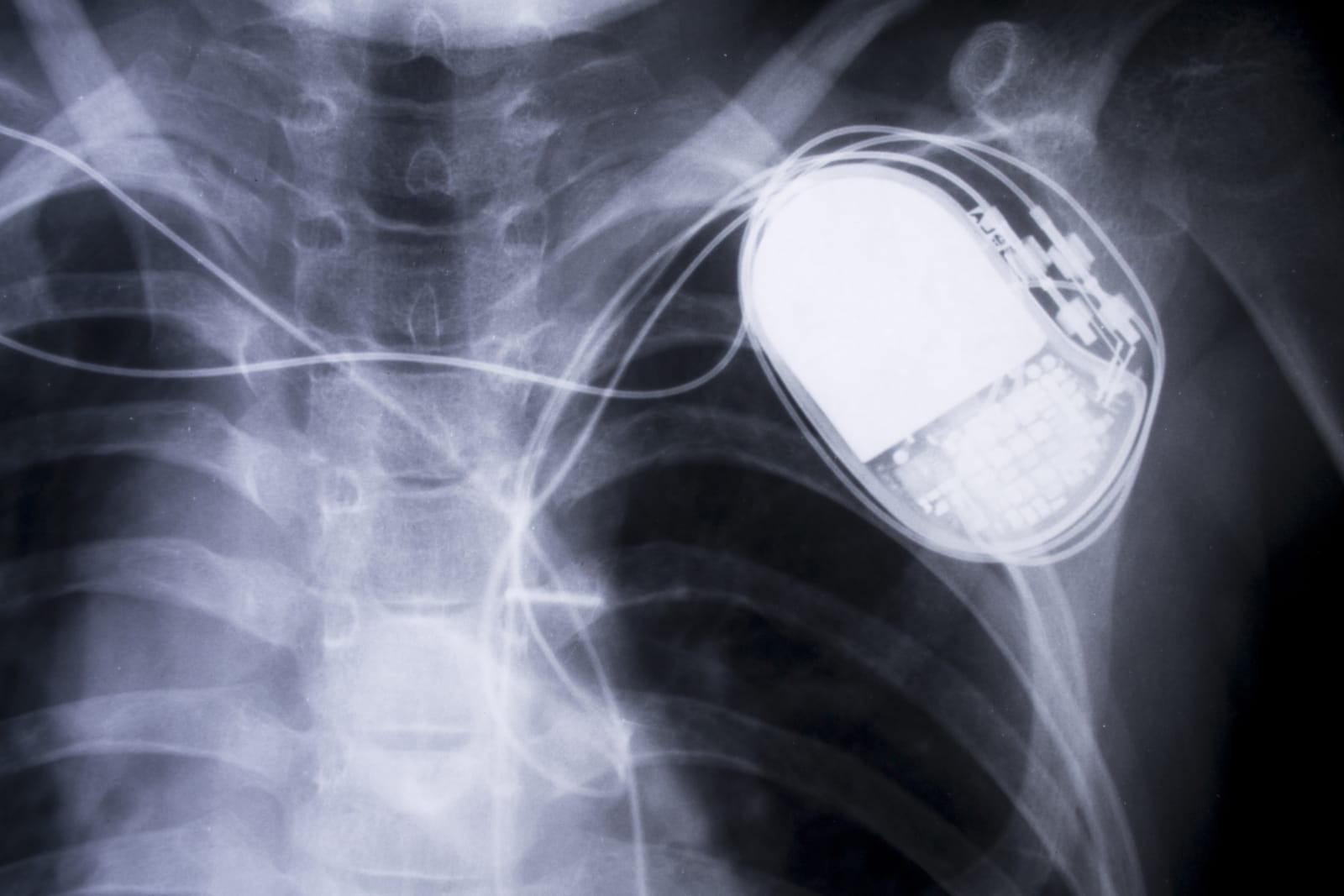
It's hard to find a good specialist on earth, let alone when you're floating 240 miles above it. That's why NASA will test the Microflow, a breadbox-sized device that instantly detects cancer and infectious diseases, and can even sense the presence of rotten food. The Canadian-made device is a "flow cytometer," which works by analyzing microparticles in blood or other fluids and replaces hospital versions weighing hundreds of pounds. Here on Earth, the device could let people in remote communities be tested more quickly for disease, or permit on-site testing of food quality, for instance. It will be particularly advantageous in space, however, where Canadian astronaut Chris Hadfield will test it during his six-month ISS mission, allowing crew to monitor, diagnose and treat themselves without outside help. Now, if we could just get it down to a hand size, and use some kind of radio waves instead -- oh wait, that's not until Stardate -105352.
Continue reading NASA to launch mini lab, test for cancer and disease in space
Filed under: Misc, Science
NASA to launch mini lab, test for cancer and disease in space originally appeared on Engadget on Sun, 26 Aug 2012 04:43:00 EDT. Please see our terms for use of feeds.
Permalink  Gizmodo
Gizmodo |
 NASA
NASA |
Email this |
Comments
 Researchers at the Georgia Tech and Korea University believe they have found a way to power implantable medical devices like pacemakers with a new fuel cell made from cotton fiber. The glucose-powered biofuel cell could provide twice as much power as...
Researchers at the Georgia Tech and Korea University believe they have found a way to power implantable medical devices like pacemakers with a new fuel cell made from cotton fiber. The glucose-powered biofuel cell could provide twice as much power as...
 Researchers at the Georgia Tech and Korea University believe they have found a way to power implantable medical devices like pacemakers with a new fuel cell made from cotton fiber. The glucose-powered biofuel cell could provide twice as much power as...
Researchers at the Georgia Tech and Korea University believe they have found a way to power implantable medical devices like pacemakers with a new fuel cell made from cotton fiber. The glucose-powered biofuel cell could provide twice as much power as...
 According to a cybersecurity notice from the Food and Drug Administration, certain pacemakers and cardiac devices are currently vulnerable to hacking. Although security researchers have warned about the security risks to medical devices for years now...
According to a cybersecurity notice from the Food and Drug Administration, certain pacemakers and cardiac devices are currently vulnerable to hacking. Although security researchers have warned about the security risks to medical devices for years now...




